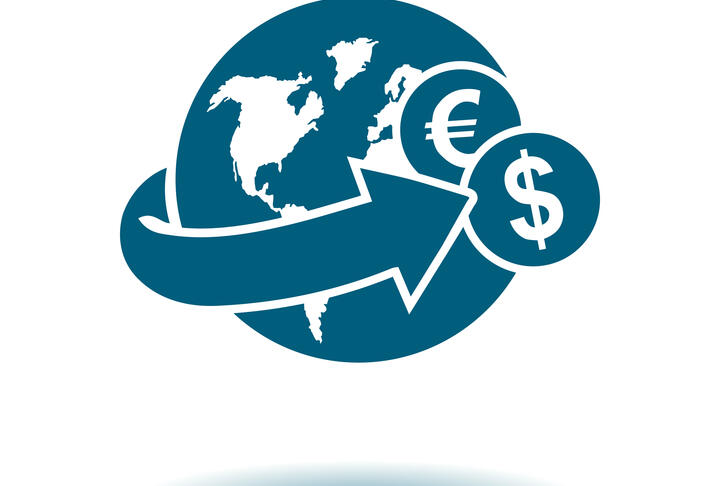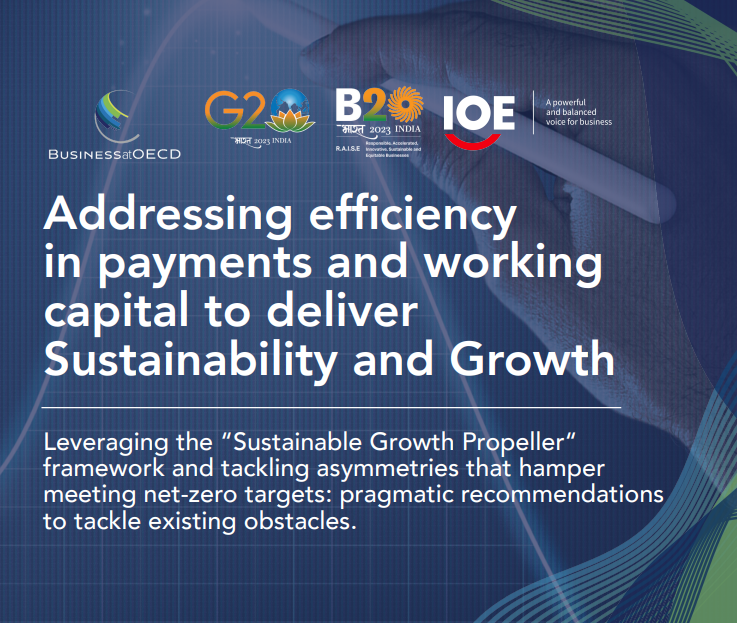This report provides data on the cost of sending and receiving small amounts of money from one country to another. Called remittances, these international transfers are often initiated by migrant workers. The aggregate cash flows and the number of participants are enormous. In fact, the World Bank estimates that remittances totaled $582 billion in 2015, $432 billion of which went to developing countries, involving some 232 million migrants.
Remittance Prices Worldwide covers 365 "country corridors". The corridors include 48 remittance sending countries and 105 receiving countries.
In many cases, the cost to consumers of these remittance transactions is expensive relative to the often low incomes of migrant workers, the amounts sent, and the income of remittance recipients. Therefore, any reduction in remittance transfer price would result in more money remaining in the pockets of migrants and their families, and would have a significant effect on the income levels of remittance families. Indeed, if the cost of sending remittances could be reduced by 5 percentage points relative to the value sent, remittance recipients in developing countries would receive over $16 billion dollars more each year than they do now. This added income could then provide remittance recipients more opportunity for consumption, savings, and investment in local economies.
Remittance prices are high for many reasons, including underdeveloped financial infrastructure in some countries, limited competition, regulatory obstacles, lack of access to the banking sector by remittance senders and/or receivers, and difficulties for migrants to obtain the necessary identification documentation to enter the financial mainstream.
However, the single most important factor leading to high remittance prices is a lack of transparency in the market. It is difficult for consumers to compare prices because there are several variables that make up remittance prices. Prices for remittances are frequently made up of a fee charged for sending a certain amount, a margin taken on the exchange rate when remittances are paid and received in different currencies, and, at times, a fee charged to the recipient of the funds. These fee components may also vary according to how the receiver is paid (i.e. cash or by crediting an account), the speed of the transfer, and the ability of the sender to provide information about the recipient (i.e. bank account number).
In addition, a lack of transparency in the market has had the impact of reducing competition, as consumers tend to continue to patronize traditional market players because they are not aware of and cannot compare services, fees, and speed of their existing remittance service against other products.










